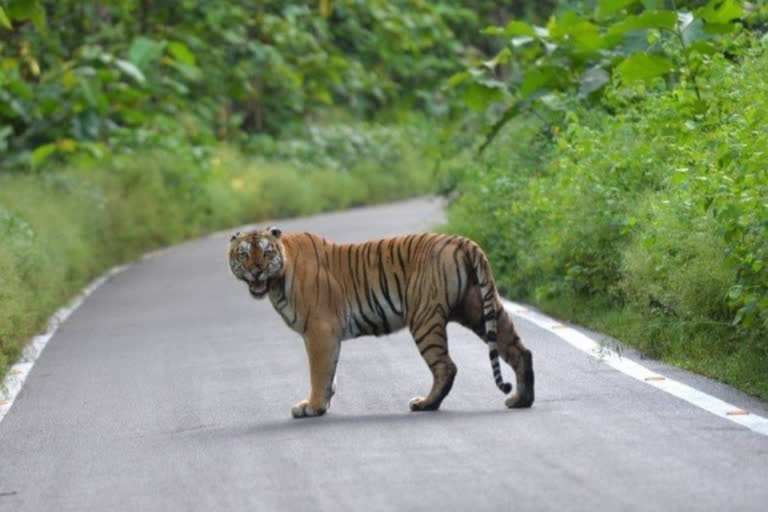Hyderabad: Globally, monitored population sizes of mammals, fish, birds, reptiles, and amphibians have declined an average of 68% between 1970 and 2016, according to World Wildlife Fund’s (WWF) Living Planet Report 2020.
Populations in Latin America and the Caribbean have fared worst, with an average decline of 94%. Global freshwater species have also been disproportionately impacted, declining 84% on average. As an important indicator of planetary health, these drastic species population trends signal a fundamentally broken relationship between humans and the natural world, the consequences of which—as demonstrated by the ongoing COVID-19 pandemic—can be catastrophic.
“This report reminds us that we destroy the planet at our peril—because it is our home. As humanity’s footprint expands into once-wild places, we’re devastating species populations. But we’re also exacerbating climate change and increasing the risk of zoonotic diseases like COVID-19. We cannot shield humanity from the impacts of environmental destruction. It’s time to restore our broken relationship with nature for the benefit of species and people alike,” says WWF-US President and CEO Carter Roberts.
The Living Planet Report points to one underlying cause for the deterioration of nature and decline in species populations: humanity. During the past 50 years the explosive growth of human consumption, population, global trade, and urbanization means people are now using more of the Earth’s resources than can possibly be replenished, the report says. This overuse has a disastrous impact on biodiversity—the animal and plant life that together make up a functional, circle-of-life ecosystem.
